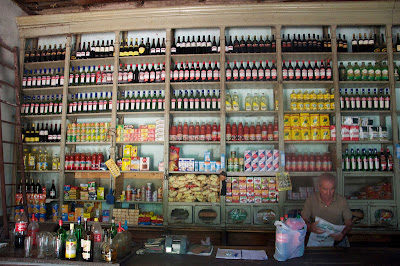As we stand on the edge of the Atlantic, looking back across
the continent, it's hard to believe it's only been three weeks since we dipped
our feet into the cold waters of the Pacific Ocean in Concon, Chile. So much has
happened in such a short time - struggling through heat exhaustion and injury,
labouring over winding mountain roads and along sandy dirt tracks, reveling in
the majesty of the Andes mountains and the serenity of the Argentinian Pampas,
spending mornings alone with our thoughts and afternoons dodging speed-crazed
truckers on roads too narrow to share. The Expreso De Los Andes expedition has
been an amazing ride - testing, enlightening, frustrating and exciting - a true
adventure.
Youth Ambassador Connor Clerke joined us on our final run
through the Argentinian capital of Buenos Aires, helping us draw to a close a
very tumultuous - yet still very satisfying - running expedition across the
continent of South America.
Today Conner announced i2P's upcoming youth expedition next
fall - i2P Expedition Africa 2012. This will be i2P's most complex youth
expedition with an unprecedented eight youth ambassadors running more than a
marathon per day, every day, for the duration of the expedition. And as usual,
i2P will create a comprehensive experienced based learning program that will be
available for free to students and schools. This years topic be water and food
security.
Ray and I will also begin shifting our focus to next years
i2P 'extreme' adventure - arguably the most challenging expedition we'll ever
face. In February 2013 Ray and I will travel to the Canadian High Arctic to
attempt an unsupported trek from the northern tip of Ellesmere Island to the
geographic North Pole. The 770km journey will see us travel across some of the
most treacherous terrain on earth, terrain where famed mountaineer Reinhold
Messner met his only adventuring match. "Everest is very dangerous,"
stated Messner, "but crossing the North Pole as I attempted to do is ten
times more dangerous."
Thanks for following along adventure!!
























